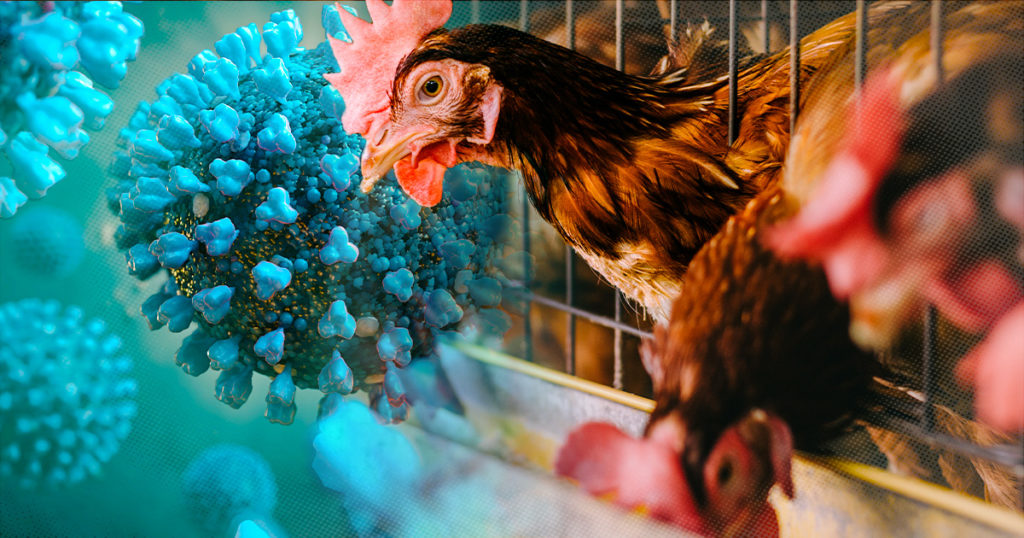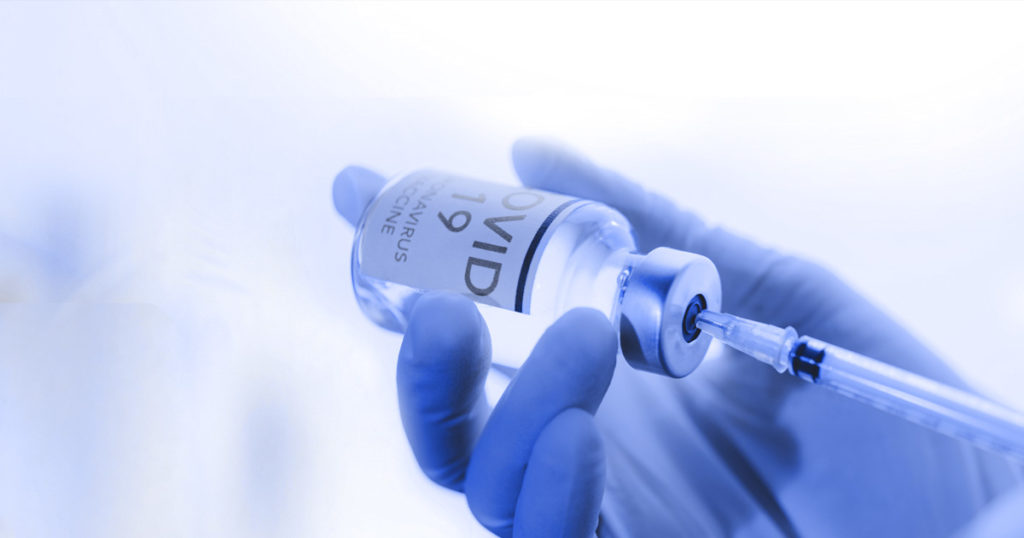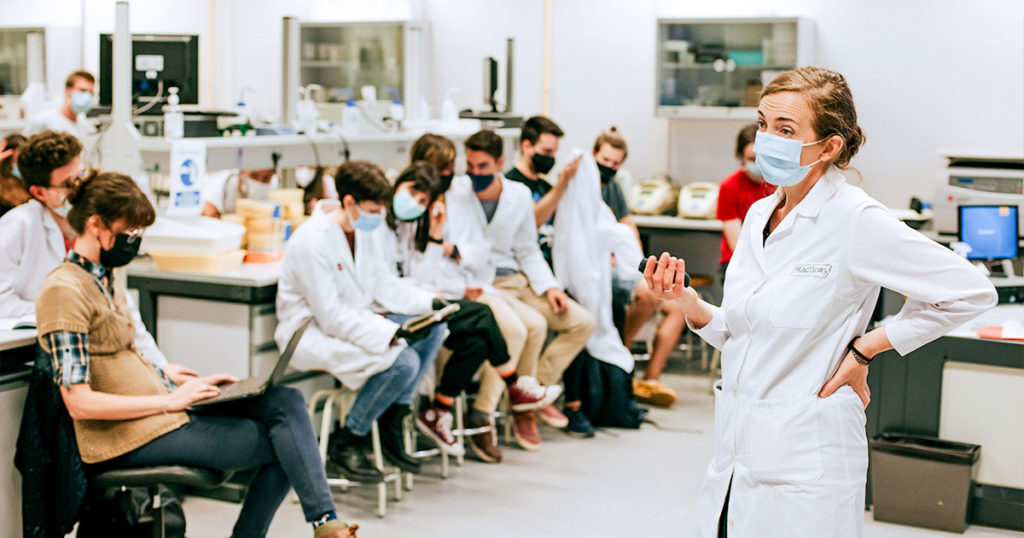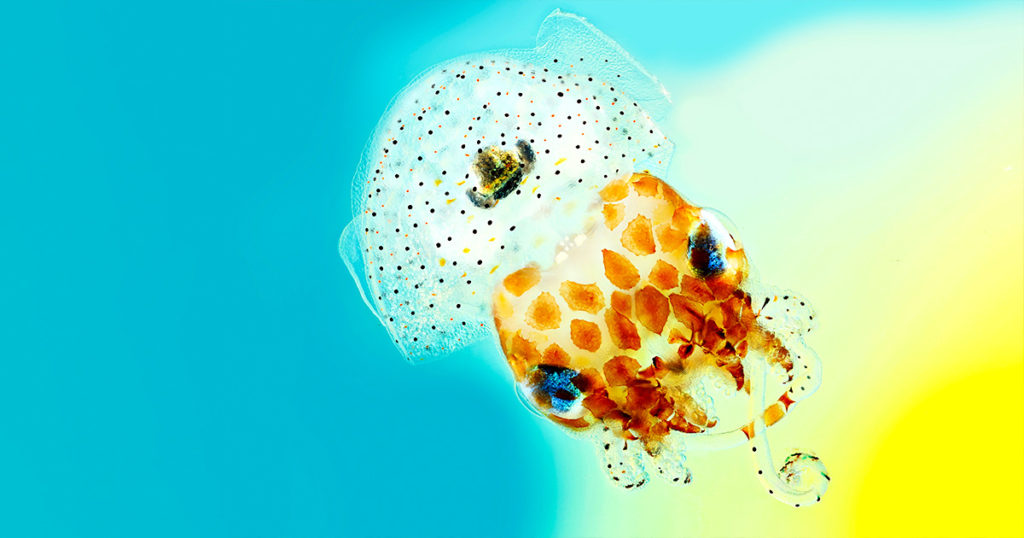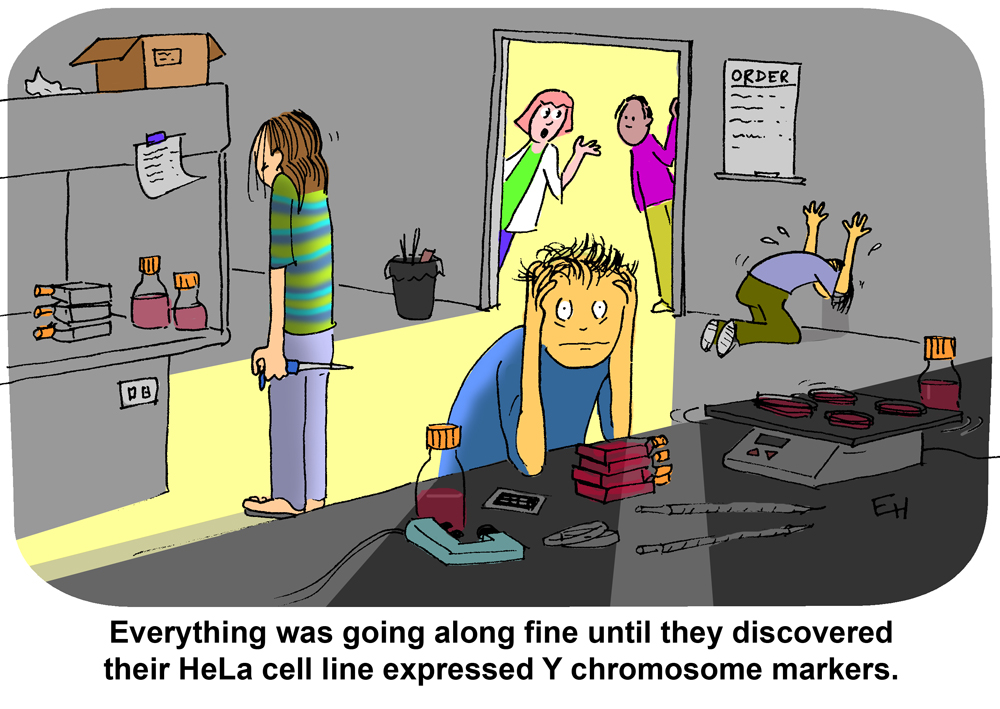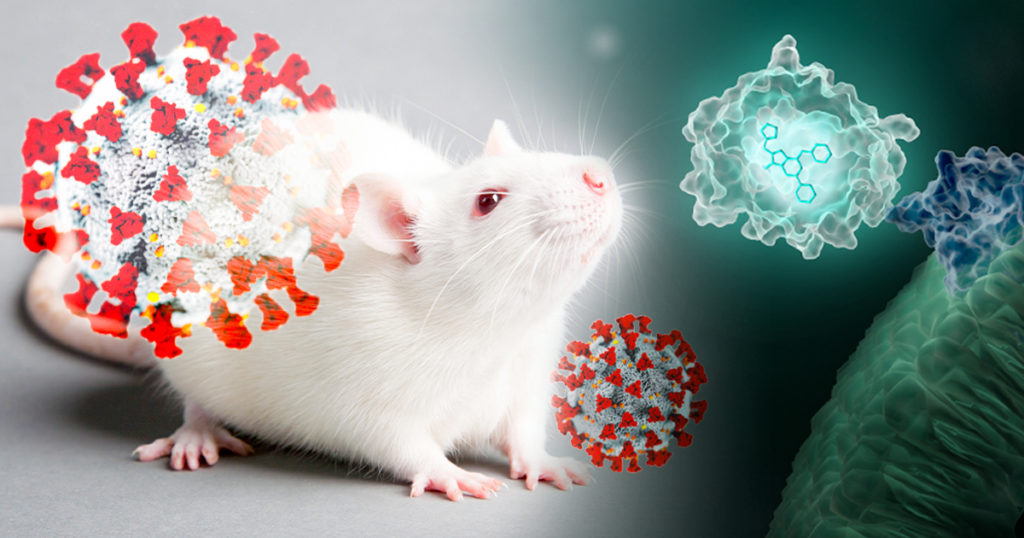As a lifelong Midwesterner, I’m accustomed to the short-lived, false springs of January and February. I know to save gleeful cries of “spring is here!” until the trees bud and I can hear the buzzing trill of red-winged blackbirds and the calls of other birds returning from their winter homes. But this spring, the return of birdsong is not all good news.
In January 2022, the state of South Carolina reported a case of highly pathogenic avian influenza in a wild bird—the first detected case of this virus subtype in the United States since 2016. Since then, the outbreak has spread. Two weeks ago my home state of Wisconsin reported its first case in a commercial chicken flock of nearly 3 million birds, one of the largest US flocks affected so far.
